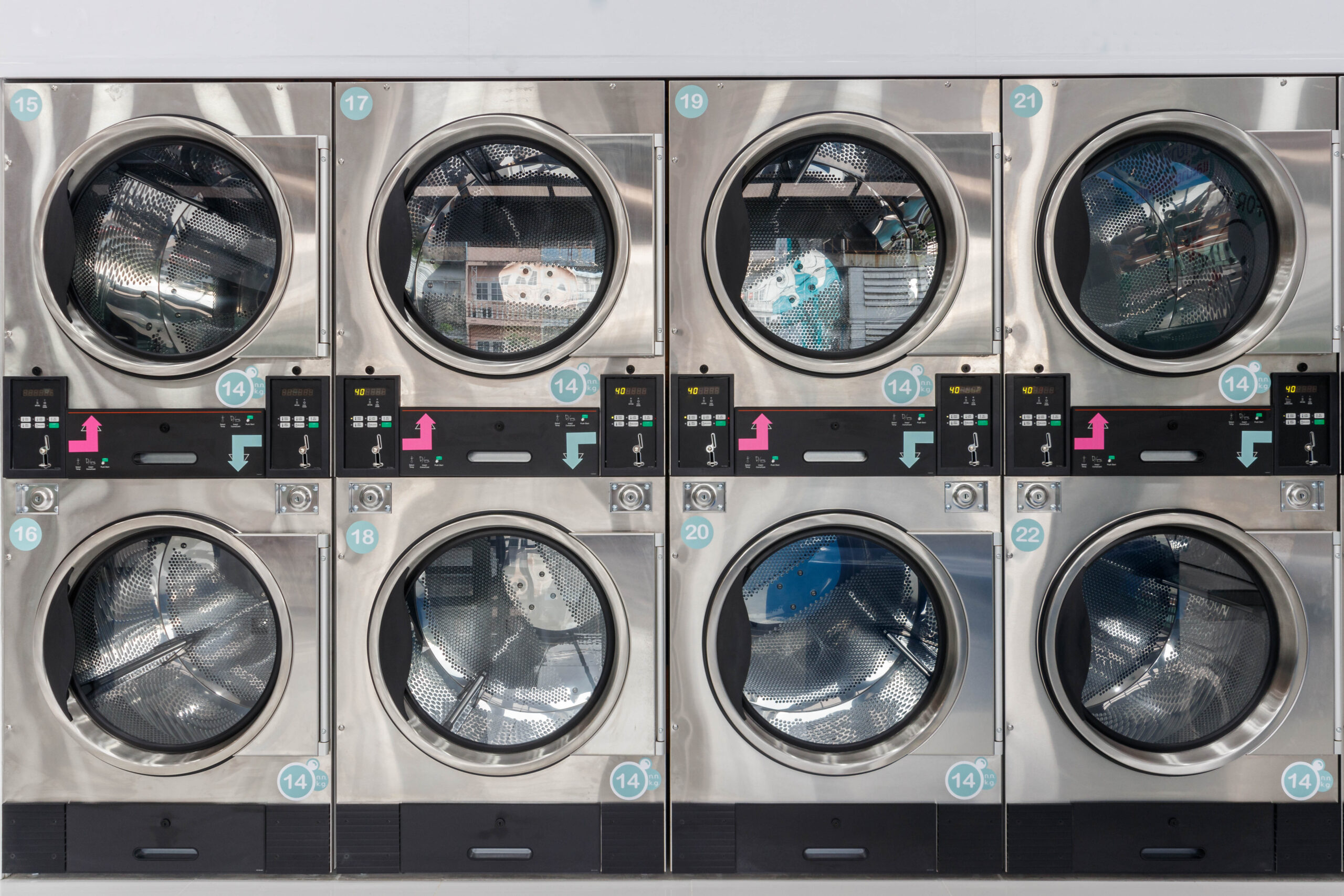Owning a laundromat involves more than just managing washers and dryers—it requires protecting your business against the unexpected. From water damage to customer injuries, equipment breakdowns to employee claims, laundromats face a unique set of risks that demand specialized insurance solutions. Without the right coverage, a single incident could lead to devastating financial losses or even force your business to shut its doors.
In this article, we’ll walk you through everything you need to know about laundromat insurance, including types of coverage, industry-specific risks, and best practices for choosing a policy that fits your operation.
Why Laundromats Need Insurance: Understanding the Risk Landscape
Laundromats operate in an environment filled with risk. Water, heat, electricity, heavy machinery, and constant customer traffic all create the potential for property damage, injuries, and business interruption. Insurance is not just a legal safeguard—it’s a strategic tool that protects your assets, revenue, and long-term viability.
Even well-maintained facilities can encounter sudden pipe bursts, dryer fires, or slip-and-fall incidents. And in the case of unattended laundromats, the risk increases due to reduced staff oversight. Insurance gives you peace of mind that you’re covered when these challenges arise. It’s also essential for securing leases, loans, or franchise relationships, as most require proof of adequate liability and property coverage.
Core Insurance Policies Every Laundromat Should Carry
While coverage needs vary by business size and location, certain insurance types are considered fundamental for laundromat operations:
1. General Liability Insurance
This is the backbone of any business insurance plan. It protects against third-party claims related to bodily injury, property damage, and personal injury (such as libel or slander).
- Covers customer injuries on the premises (e.g., slips on wet floors).
- Pays for legal defense and settlement costs if your business is sued.
- May also cover damage to a neighboring business if caused by fire or flooding from your equipment.
2. Commercial Property Insurance
Protects the physical structure of your laundromat and everything inside it.
- Covers damage caused by fire, theft, vandalism, and certain weather events.
- Includes coverage for washers, dryers, folding tables, furniture, and signage.
- Can be extended to cover loss of income due to property damage (via business interruption insurance).
3. Equipment Breakdown Insurance
Essential for laundromats, this policy pays to repair or replace critical machinery that fails due to mechanical or electrical issues.
- Covers sudden breakdowns not caused by regular wear and tear.
- Often includes coverage for power surges or compressor failures.
- Helps reduce costly downtime and revenue loss.
4. Workers’ Compensation Insurance
Required in most states if you have employees.
- Covers medical bills and lost wages for employees injured on the job.
- Protects you from lawsuits related to workplace injuries.
- Even part-time attendants or maintenance staff are covered.
Optional Coverage to Strengthen Your Protection
While core policies provide a strong foundation, optional insurance can address specialized risks and give your laundromat an added layer of protection.
- Business Interruption Insurance: Replaces lost income if your laundromat is forced to close temporarily due to a covered event like a fire or flood.
- Cyber Liability Insurance: If your laundromat uses cloud-based POS systems, customer apps, or loyalty programs, this protects you from data breaches and cyberattacks.
- Bailee’s Customer Goods Coverage: Covers damage to or loss of customers’ clothing while in your care—especially important if you offer wash-and-fold or drop-off services.
- Umbrella Insurance: Extends your liability limits beyond your base policy and is especially useful in the event of catastrophic losses or lawsuits.
Common Claims in the Laundromat Industry
Claims in the laundromat industry are more frequent than many owners realize. Having proper coverage can mean the difference between swift recovery and financial crisis.
One of the most common claims is water damage. A leaking washer hose or floor drain backup can damage not just your property, but nearby businesses as well—making you liable for third-party damages. Fire claims, particularly from dryer lint buildup or electrical faults, are also prevalent and can quickly escalate.
Injury claims are another major concern. Wet floors, exposed wiring, or poorly lit areas can cause customers to slip, trip, or fall. If you’re found negligent in maintaining a safe environment, liability payouts can be significant. Insurance provides the legal defense and financial backing to handle these incidents professionally and protect your reputation.
Factors That Affect Insurance Costs for Laundromats
The cost of laundromat insurance depends on several key variables, including:
- Location and Local Crime Rates: High-crime or flood-prone areas generally come with higher premiums.
- Square Footage and Building Age: Older buildings or larger facilities may require more coverage and inspection.
- Type and Number of Machines: High-value commercial equipment increases property and breakdown coverage needs.
- Hours of Operation: 24/7 unattended laundromats may face higher risks than staffed, limited-hour locations.
- Service Offerings: Wash-and-fold, vending, and delivery services may introduce new liabilities requiring additional coverage.
To get the best rates, it’s important to keep your facility well-maintained, use security systems, and implement safety protocols such as slip-resistant mats and clear signage.
Tips for Choosing the Right Insurance Provider
Selecting the right insurer is just as important as choosing the right policies. Look for providers who specialize in small business or niche industries like self-service laundries.
Work with a broker who understands your business model and can tailor a package specific to your risks. Don’t settle for generic small business coverage—it may exclude critical scenarios such as equipment failure or customer property damage.
Ask about discounts for bundling policies, installing fire suppression systems, or upgrading to newer, safer machines. And always review policy limits, deductibles, and exclusions carefully. A low premium isn’t a bargain if your coverage falls short when disaster strikes.
Conclusion: Protecting More Than Just Machines
Insurance for laundromats is about more than checking a box—it’s about future-proofing your business. It protects your machines, your building, your employees, your customers, and your income. With the right policies in place, you gain peace of mind and a foundation for sustainable growth.
As your business evolves—adding services, expanding locations, or upgrading equipment—your insurance should evolve with it. A well-insured laundromat isn’t just safer. It’s stronger, smarter, and ready for whatever comes next.








